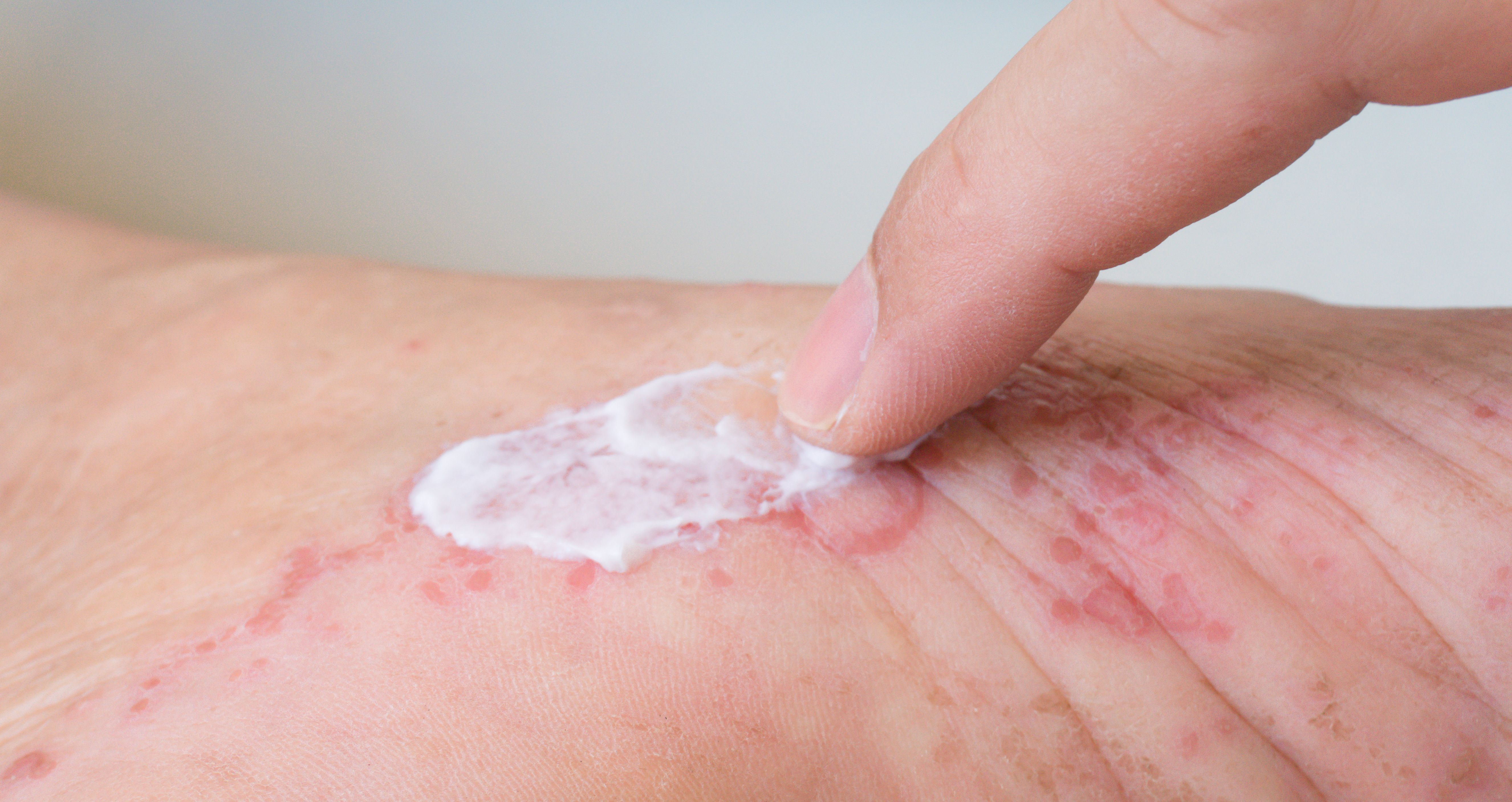Article
FDA Approves Prophylaxis Treatment to Prevent Attacks of Hereditary Angioedema in Pediatric Patients
Author(s):
The approval is for the youngest patient population with hereditary angioedema to date.
The FDA approved a supplemental biologics license application (sBLA) for lanadelumab-flyo (Takhzyro; Takeda) injection to prevent hereditary angioedema (HAE) attacks in patients aged 2 years to younger than 12 years. The recommended dose is 150 mg/1 mL solution in a single-dose prefilled syringe, which should be administered every 4 weeks for patients aged 2 to under 6 years, and every 2 weeks for patients aged 6 to under 12 years.
In prior approvals, the FDA granted the approvals for treatment in a patient population aged 6 to under 12 years, making lanadelumab-flyo the first prophylaxis treatment indicated for this young age group.
“Today’s approval for lanadelumab-flyo in pediatric patients as young as 2 years of age brings a welcome and important addition to treatment options available for children living with HAE,” said Anthony Castaldo, president, CEO of the US Hereditary Angioedema Association (HAEA).
Lanadelumab-flyo injection is now approved in more than 60 countries. In clinical programs, it was found to reduce a patients’ HAE attack rate by an average of 94.8% compared to baseline—they decreased from 1.84 to 0.08 per month over the course of a year.
HAE is a rare and debilitating genetic disorder that affects 1 in every 50,000 people around the globe. The disease causes recurrent edema attacks (swelling) in the abdomen, face, feet, genitals, hands, and throat, which may be life-threatening if the swelling obstructs the airway and causes asphyxiation.
The condition is diagnosed, on average, 8.4 years after symptom onset. It has been associated with conditions like anxiety (50%), difficulty participating in social activities (34%), and negative career advancement (58%).
Lanadelumab-flyo was analyzed in the phase 3 HELP study for HAE patients aged 12 years to under the age of 18 years, followed by the open-label, phase 3 SPRING study, with the primary outcome being safety and pharmacokinetics in a patient population aged 2 years to under the age of 12 years. The secondary outcome was prevention of HAE attacks.
The results of the SPRING study showed that 76.2% of patients remained almost entirely attack-free (99.5%) while taking lanadelumab-flyo. The most common treatment-related adverse events (AEs) include injection site pain (29%), injection site erythema (14%), injection site swelling (5%), administration site pain (5%) and injection site reaction (5%). Other common AEs may include upper respiratory infection, headache, rash, dizziness, diarrhea, and muscle aches.
The fully human monoclonal antibody binds and decreases plasma kallikrein activity to prevent attacks. Lanadelumab-flyo can be administered via subcutaneous injection in a single-dose prefilled syringe by the hand of a caregiver or health care provider among this pediatric population.
“Today’s approval of the expanded indication of [lanadelumab-flyo] represents a significant step forward for the HAE community as it helps some of its youngest patients who are living with the disease to have a long-term prophylaxis treatment available to them,” said Julie Kim, president, US Business Unit and US country head at Takeda, in the press release.
Reference
US FDA Approves Takeda’s TAKHZYRO® (lanadelumab-flyo) to Prevent Hereditary Angioedema (HAE) Attacks in Children 2 Years of Age and Older. News Release. February 3, 2023. Accessed on February 6, 2023. https://www.businesswire.com/news/home/20230203005431/en






